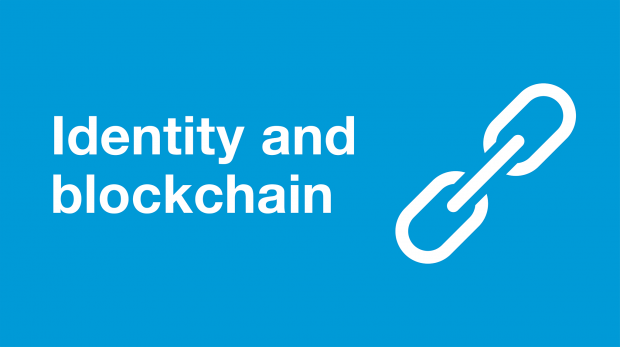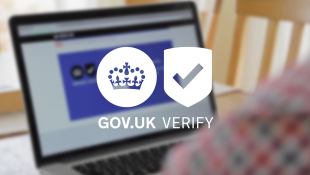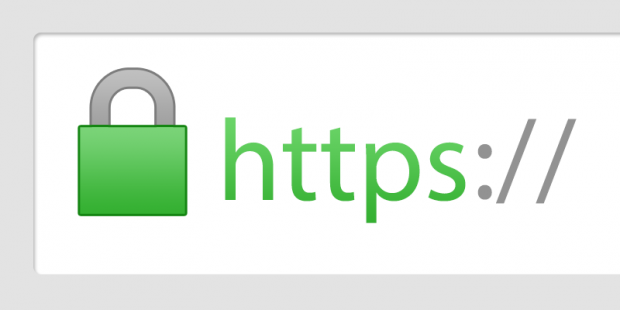Does digital identity need blockchain technology?

GOV.UK Verify's technical architect Adam Cooper shares his thoughts on whether services like GOV.UK Verify should be making use of blockchain technology.

Adam is a technical architect working on the identity assurance programme

GOV.UK Verify's technical architect Adam Cooper shares his thoughts on whether services like GOV.UK Verify should be making use of blockchain technology.
Adam Cooper, Lead Technical Architect GOV.UK Verify, describes how we work with subject matter experts, industry, and open standards bodies to make GOV.UK Verify better for users.

Over a year ago I wrote a blog post about how we protect users’ privacy when signing in to a GOV.UK service with GOV.UK Verify. In that post I gave an overview of some of the things we do to …
European Union member states have been developing electronic identity (eID) schemes for some time now to allow citizens to access services safely and securely online. Many of these schemes are linked to national identity cards or schemes, whereas others involve working …
When we designed the identity assurance architecture we wanted to protect users from identity theft and fraud, to secure their data as it is used online, and to reduce the amount of information needed from the user to a minimum. …
This blog is no longer being updated.